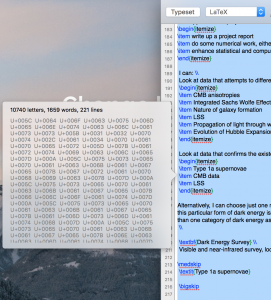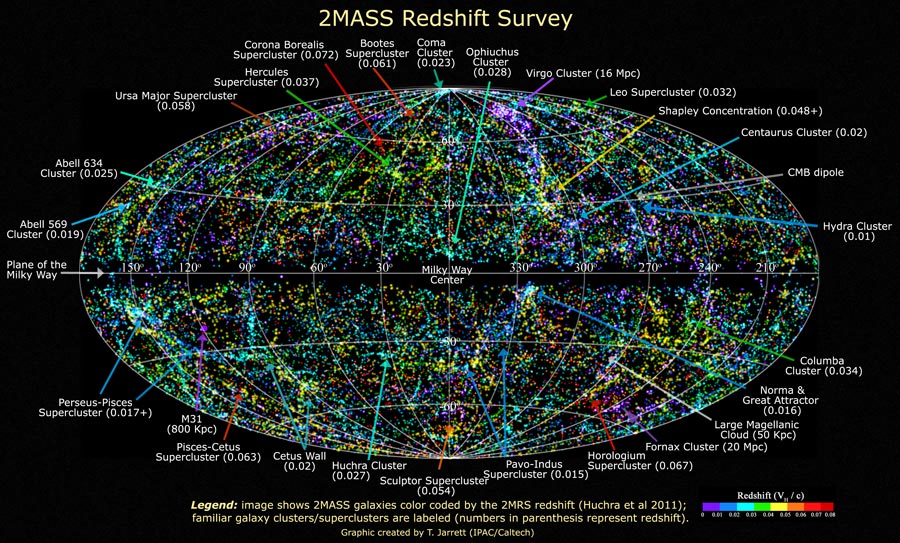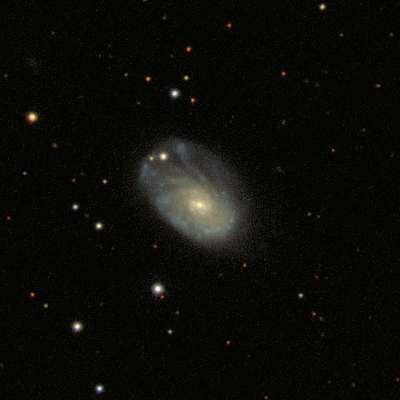When brainstorming the different ways I can collect random data (through the mind, body, electronic devices, systems, etc.), I was really drawn to the idea of unpredictable natural processes or natural objects as providing random data. In particular, I was drawn to celestial objects due to my studies in astronomy and physics. My aim was to randomly arrive at a deep sky object, which I will then use as a springboard for my projects.
I could either do this by:
- Generating a random number between 0-7,840, which I can then use to find an object in the “New General Catalogue” (NGC) of deep sky objects, or
- Use celestial coordinates- right ascension (measured in hours) and declination (measured in degrees)- to locate a point (and hence an object) in space, much like one would use latitude and longitude to find a location on Earth.
To use celestial coordinates would mean that I’d need two sets of numbers between 0-24 and 0-360, as well as a sign (+ or -) to account for points North/South of celestial equator. Getting such random numbers consistently within the ranges proved to be difficult, and so I decided to use the NGC method.
Random Generator
After some deliberation on a random number generation method that would give me something within the range 0-7,840, I decided to use the current word count on my summer physics research project report, which ended up being 1659. I felt it was quite important for me to generate my number in a way that related to the data set that I was using (deep sky objects), and so using my physics cosmology project seemed fitting.
Looking up NGC1659, I found that it was a spiral galaxy in the constellation of Eridanus (the river). I initially wanted to explore the option of randomly choosing a property of the galaxy (like size, colour, elements, etc.), but the large number of options complicated the process. I then decided to link it to redshift and the large scale structure (given by the 2MASS galaxies universe map), but feedback from peers highlighted that the type of the galaxy (e.g. spiral) is sufficient to begin my project. Choosing the word ‘spiral’ would also allow me to work on an idea that wasn’t solely related to my physics studies and wouldn’t conform to my preconceptions (unlike redshift).
As such, the word I have arrived at through this process is spiral.
————-
Information about NGC1659 was retrieved from https://cseligman.com/text/atlas/ngc16a.htm#1659 and https://nl.wikipedia.org/wiki/NGC_1659



